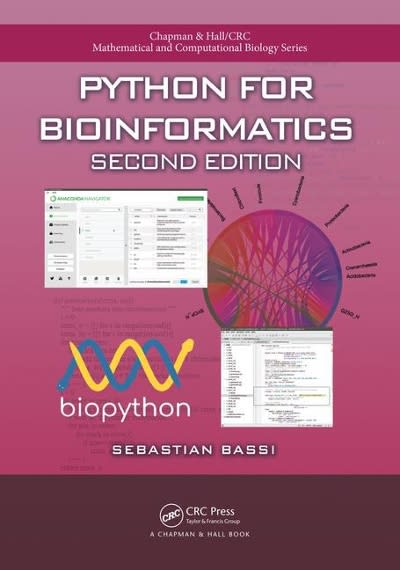Question
1. The position at time t in seconds, of an object moving along a line is given by s(t) = 3 t^3 - 40.5 t^2
1. The position at time t in seconds, of an object moving along a line is given by s(t) = 3 t^3 - 40.5 t^2 + 162 t for t belongs to [0, 8]. When is the object stationary?
t = 6 & t = 3 seconds
t = 6 & t = 4 seconds
t = 3 & t = 4 seconds
None of the above
2. What are the Critical number (s ) of the function f(x) = - 5x^2 + 20 x + 2?
3
2
4
1
3. What are the Critical number (s ) of the function f(x) = 2 x^3 - 24 x
3 & -3
2 & -2
4 & -4
1 & -1
4. What are the Critical number (s ) of the function f(x) = 6 x^2 + 16 x - 40
a) -1 /3
c -2 / 3
c) -1
d) - 4 /3
5. Where is the function f(x) = x / ( x -2) , undefined?
a) 2
b) 0
c) - 2
d)None
6. What are the interval (s ) of increase or decrease of the function f(x) = - 5x^2 + 20 x + 2?
Increase when x > 2 & Decrease when x < 2
Increase when x > 3 & Decrease when x < 3
Increase when x < 2 & Decrease when x > 2
None
7. What are he intervals of increase and decrease of the function f(x) = 2 x^3 - 24 x ?
Increase when x< -2 & x > 2 ; Decrease when x > -2 & x< 2
Decrease when x< -2 & x > 2 ; Increase when x > -2 & x< 2
Increase when x< 2 & x > -2 ; Decrease when x > 2 & x< -2
None of the above
8. What are he intervals of increase and decrease of the function f(x) = 6 x^2 + 16 x - 40 ?
Increase when x < 4/3 & Decrease when x > 4/3
Increase when x < - 4/3 & Decrease when x > - 4/3
Increase when x > - 4/3 & Decrease when x < - 4/3
None of the above
9. What are the horizontal, vertical or oblique Asymptotes of the function f(x) = 8 / ( x^2 - 9)
HA; y = 1, VA's; x = 3 ; x = -3 & OA - None
HA; y =0, VA's; x = 3 ; x = -3 & OA - None
HA; y = 1, VA's; x = 3 ; x = -3 & OA; y = x - 3
None of the above
10. What is the point of intersection between the line L: (x, y, z) = (-1, 3, 4) + p(6, 1, -2) & plane P: x + 2 y - z + 29 = 0
( 12, 9, 10)
(-19, 0, 10)
Infinite points of intersections
11. What is the point of intersection between the lines? : L1: vector r = (3,7,2) + m( 1, -6, 0) ; m belongs to R &L2: vector r = (-3, 2, 8) + s( 7,-1, -6) ; s belongs to R
No POI - Lines are skew
(4, 1, 2)
Infinite solutions - Lines are parallel & coincident
No POI - Lines are parallel & distinct
12. State whether the two planes intersect, if they do, specify if their intersection is a line or plane? p1: x + y + z = 1 ; p2: 2 x + 2y + 2 z = 2
Yes ; plane
No
Yes ; line
13. State whether the two planes intersect, if they do, specify if their intersection is a line or plane? p1: x - y + 2z - 2 = 0 ; p2: x + y + 2 z + 2 = 0
Yes ; plane
No
Yes ; line
14. What is the distance between the point P(-1, 1, 6) to the line with the equation (x,y,z) = (1, 2, -1) + s( 0, 1, 1) ? ; s belongs to R
5
6
4
7
15. What is the distance from S(-1, 2, -4) to the plane with the equation 8 x - 4 y + 8 z + 3 = 0?
3.75
4.75
5.75
6.75
16. Skew lines are those lines which are not parallel and do not have any POI.
True
False
17. Two planes intersect in a line when ratio of their normals A, B, C is proportional.
True
False
18. Two planes intersect in a line if ration of their normals A, B, C are not proportional.
True
False
Step by Step Solution
There are 3 Steps involved in it
Step: 1

Get Instant Access to Expert-Tailored Solutions
See step-by-step solutions with expert insights and AI powered tools for academic success
Step: 2

Step: 3

Ace Your Homework with AI
Get the answers you need in no time with our AI-driven, step-by-step assistance
Get Started


